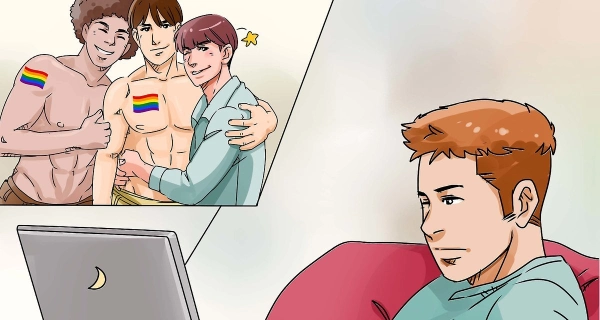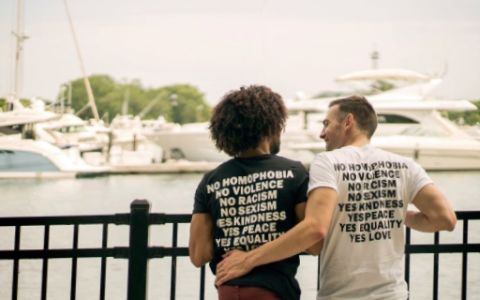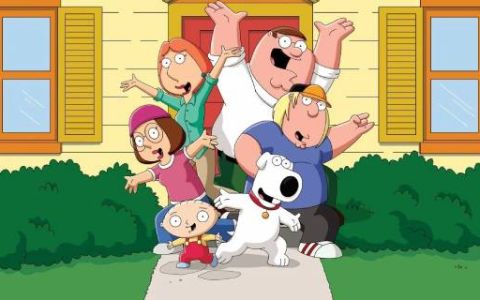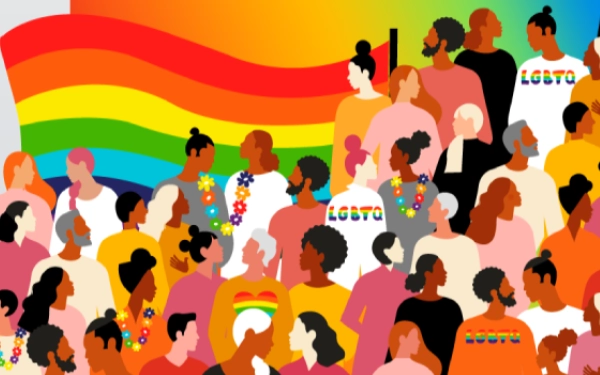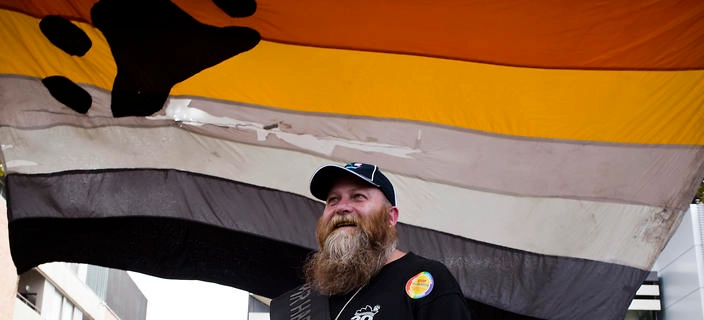
The term "gay bear" refers to a subculture within the gay community that is typically characterized by larger, hairy men who exhibit masculine traits. This subculture emerged in the 1980s and has since become a recognized identity within the LGBTQ+ community. Gay bears often come together through social events, clubs, and online communities to celebrate their shared interests and identities. The term "bear" can also be used as an umbrella term for other subgroups within the gay community, such as "cubs" (younger, smaller bears) and "otters" (slimmer, hairier men).
Introduction to Gay Bears & the Meaning Behind the Term
The term "gay bear" refers to a subculture within the LGBTQ+ community that is characterized by masculine, hairy men who often have a larger build. This subculture emerged in the 1980s and has since become a well-known and accepted part of the LGBTQ+ community.
The term "bear" is believed to have originated from a gay magazine called "Bear Magazine," which was founded in 1987 and focused on the bear subculture. Over time, the term became more commonly used and accepted within the community.
The bear subculture is not solely defined by physical appearance, but also by shared interests and values. Many bears enjoy outdoor activities, such as camping and hiking, and often have a laid-back and friendly demeanor. The bear community also emphasizes inclusivity and body positivity, promoting acceptance of all body types and rejecting the societal pressure to conform to traditional beauty standards.
In recent years, the bear subculture has expanded to include subcategories such as "muscle bears," "otter bears," and "polar bears," each with their own unique characteristics and traits.
Overall, the term "gay bear" is a way for individuals within the LGBTQ+ community to connect with others who share similar interests and values, and to embrace their own unique physical appearance.
What Does It Mean to be a Gay Bear?
The term "gay bear" is used to describe a subculture within the gay community. It refers to gay men who exhibit certain physical and behavioral traits, such as a hairy body, a larger build, and a more masculine appearance. The term is often used affectionately and is not meant to be derogatory.
Being a gay bear is not just about physical appearance, though. It's also about a sense of community and belonging. Gay bears often gather at events such as bear runs and bear cruises, where they can socialize with others who share their interests and identities.
The gay bear subculture has its own unique set of values and norms, which can include a focus on body positivity and acceptance, a rejection of traditional beauty standards, and a celebration of masculinity in all its forms. Some gay bears also identify as part of the leather or BDSM communities.
It's important to note that being a gay bear is just one way of being gay, and not all gay men identify as bears. However, for those who do, it can be a source of pride and community.
The History of the Gay Bear Community
The gay bear community is a subculture within the LGBTQ+ community that celebrates masculinity and body positivity. The term "bear" is used to describe a man who is typically larger, hairier, and more rugged in appearance. However, the origins of the bear community can be traced back to the 1970s in San Francisco.
During this time, the gay liberation movement was gaining momentum and there was a push for more visibility and acceptance of different types of gay men. The bear community emerged as a response to the dominant gay culture that celebrated slim, hairless, and feminine-looking men.
The first bear club, the Bear History Project, was founded in 1985 by a group of men who wanted to preserve the history of the bear community. The community continued to grow and spread across the United States and Europe, with bear events and gatherings becoming more common.
Today, the bear community is a vibrant and diverse group that includes men of all ages, races, and body types. It has also expanded to include sub-communities like cubs, otters, and wolves, each with their own unique characteristics and identities.
The bear community has played an important role in promoting body positivity and challenging traditional beauty standards within the LGBTQ+ community. It continues to thrive and evolve, providing a space for men to connect and celebrate their masculinity and individuality.
Popularity of Gay Bears in the LGBTQ Community
Gay bears are a subculture within the LGBTQ community that has gained popularity in recent years. The term "bear" typically refers to a larger, hairier, and more masculine gay man. However, the definition of a bear can vary depending on who you ask. Some may also include the "cubs," who are younger and less hairy, or the "otters," who are leaner and less muscular.
The popularity of gay bears can be attributed to several factors. First, it's a way for individuals who don't fit into the traditional gay male stereotype to find acceptance and a sense of community. The bear community is known for being inclusive and welcoming to all body types and ages.
Second, the bear culture has its own unique fashion, music, and social events, which has helped to create a strong sense of identity among its members. Many gay bear events, such as Bear Week in Provincetown, Massachusetts, have become highly anticipated annual gatherings.
Lastly, the rise of social media has allowed the bear community to connect and organize on a global scale. Online forums, dating apps, and social media groups have made it easier for gay bears to find each other and build relationships.
Overall, the popularity of gay bears in the LGBTQ community reflects a desire for inclusivity and diversity within the larger gay male culture.

